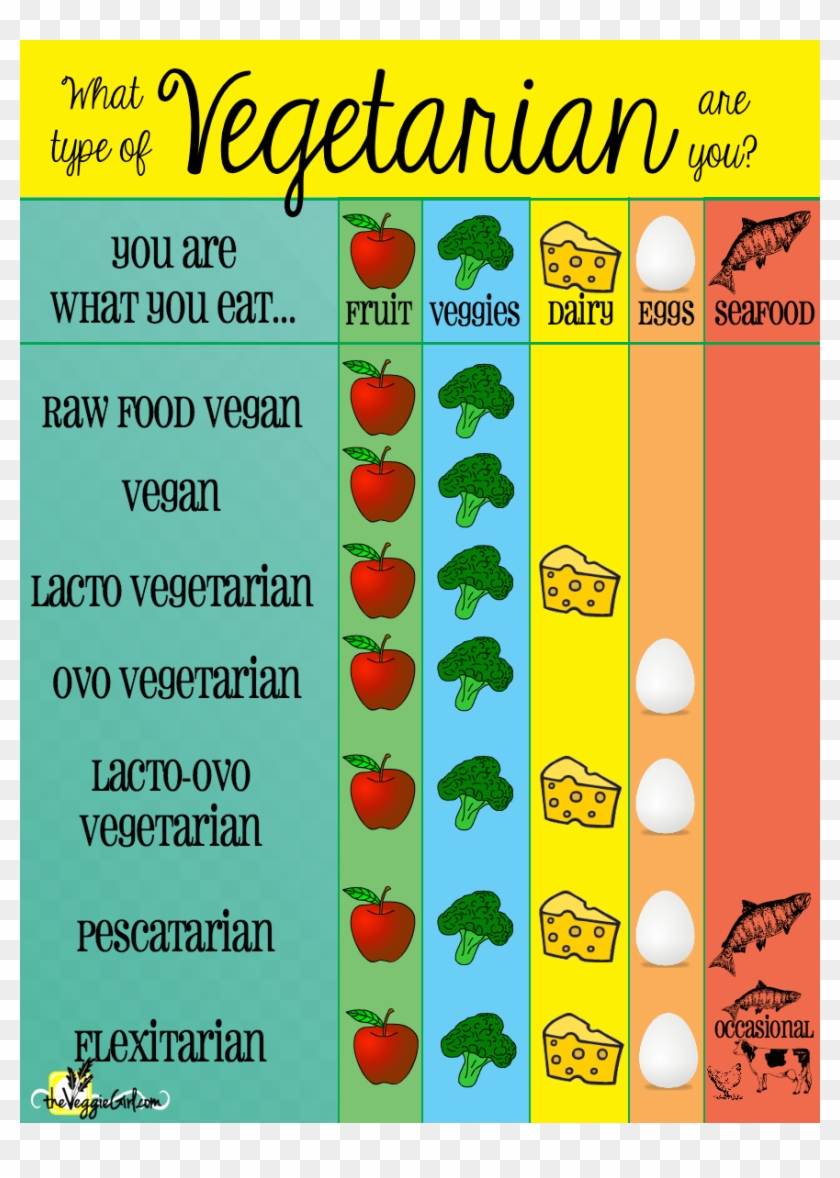
Whole foods are foods that are minimally or not at all processed. They are free of added sugars and starches and have no artificial colors or flavorings. These foods can be considered a way to live, not a diet. These foods are also the most nutritious. Whole foods are available at your local grocery store.
Whole foods can be left unprocessed or minimally modified.
Whole foods are foods that have not been heavily processed and are as natural as possible. These foods contain little or no artificial ingredients and have a high nutritional value. These foods are safer for your health because they are more natural. Also, minimal processing increases shelf life and increases nutritional value. This includes fruits and vegetables as well as staple foods such nuts and seeds.
High-processed foods include meat, poultry and dairy. These foods could contain hormones or antibiotics. Some people don't eat meat and poultry. Others opt for soaking dried beans and avoid canned beans. You can choose whole foods if you are looking to lose weight or eat healthier.
They can be derived from animals or plants with very little processing, if any.
While processed foods are common, whole foods are usually better for your health than their highly processed counterparts. Whole grains and beans, as well as fruits and vegetables, are in their natural state and require minimal processing to preserve their nutritional value. They are also readily available and require minimal preparation.

The United States' food supply is generally safe. The majority of food products come from plants. Because most plants are used extensively, their safety has been established over many centuries. Safety tests are not conducted on newer varieties of plants. Some plant varieties have been tested for harmful substances such as solanine and glycoalkaloids. To ensure safety, established plant breeding methods rely on quality, wholesomeness and agronomic traits.
They contain no added sugars or starches, artificial flavorings, preservatives, or preservatives
Whole foods are foods that have not been processed or refined. These foods are naturally rich in vitamins, minerals, and fiber. Whole foods are free of artificial flavors, preservatives, and sugars. A diet consisting of whole foods is considered healthier than one containing processed foods. Make sure to read labels on food products to ensure you are getting the right amount.
Prepackaged produce could contain additives for freshness, color and taste. Raw nuts or seeds are a good option if you're trying to avoid using preservatives. These products can be found in bulk bins near the produce section, or in a separate section. The meat and seafood counters are likely to have more processed items than the produce section. Avoid prepackaged meats and processed cheese.
They are a way for life
Whole foods are an excellent way to provide a variety of essential nutrients. They are highly nutritious and rich in micronutrients. These foods include iron, zinc folate, calcium and vitamins A, C. Whole foods also have high absorption and offer the highest concentrations. Whole grains and whole fruits are good for absorbing iron, because they can be eaten together.
A whole foods diet also emphasizes fresh, organic foods. These include fruit, vegetables, and nuts. The diet also avoids prepared foods, which typically have additives, artificial flavors, and preservatives.

They are a good source of vitamins and minerals.
Whole foods are great for starting a healthier diet. They provide fiber, vitamins, minerals, and other nutrients. Additionally, whole foods are loaded with phytochemicals. These natural substances can be found in plants. These substances help the body in numerous ways. They protect cells from injury, and some of them are antioxidants. These phytochemicals are flavonoids, carotenoids and lycopene.
Research on individual nutrients has revealed the positive effects of whole foods on our health. Such studies also point to the importance of nutrient interactions. These interactions help determine how much of a particular nutrient is present in a particular food, and how easily it can be absorbed in the body. Milk, fruits, and vegetables all have high levels of nutrients.
FAQ
How often should I exercise
A healthy lifestyle requires regular exercise. However, there's no time limit on how much you should exercise. The key is finding something you enjoy and stick with it.
Three times per week, aim for 20-30 minutes moderate intensity activity. Moderate intensity will mean that you'll continue to be exerting yourself afterward. This type works out burns around 300 calories.
If you prefer to walk, go for 10 minute walks four days a week. Walking is low-impact and easy on your joints.
If you'd rather run, try jogging for 15 minutes three times a week. Running is a great way to burn off excess calories and build muscle tone.
Begin slowly if your are new to exercising. You can start with only 5 minutes per week of cardio. Gradually increase your cardio time until you reach the goal.
What is the problem of BMI?
BMI stands For Body Mass Index. It is a measurement of body mass based on height and/or weight. This formula calculates BMI.
Weight in kilograms divided by height in meters squared.
The score is expressed as a number between 0 and 25. A score of 18.5 or higher indicates overweight, while a score of 23 or higher indicates obesity.
A person with 100 kg will have a BMI 22 if they are 1.75m tall and weigh 100 kg.
Exercise: Good and bad for immunity?
Exercise is good to your immune system. Exercise increases white blood cell production, which helps fight off infection. Your body also gets rid of toxins. Exercise can help prevent heart disease and cancer. Exercise can help reduce stress.
But too much exercise can damage your immune system. If you work out too hard, your muscles become sore. This can cause inflammation and swelling. In order to fight off infection, your body must produce more antibodies. The problem is that these extra antibodies can cause allergies and autoimmune disorders.
So, don't overdo it!
How do you measure body fat?
A Body Fat Analyzer will give you the most accurate measurement of body fat. These devices are used to measure the percentage of bodyfat in people who desire to lose weight.
What is the working principle of an antibiotic?
Antibiotics can be used to kill bacteria. Antibiotics can be used to treat bacterial infection. There are many different types of antibiotics. Some can be taken orally while others can be injected. Others are topically applied.
People who have been exposed are often given antibiotics. One example is if someone has had chickenpox and wants to prevent shingles. Or, if someone has had strep throat, he or she might receive an injection of penicillin to help prevent pneumonia.
Doctors should prescribe antibiotics to children. The possibility of side effects that can cause serious side effects in children is greater than for adults.
Diarrhea, the most common side-effect of antibiotics, is probably diarrhea. Other side effects possible include dizziness, nausea, vomiting, stomach cramps, stomach pains, dizziness and allergic reactions. These side effects usually disappear once treatment has ended.
Statistics
- According to the 2020 Dietary Guidelines for Americans, a balanced diet high in fruits and vegetables, lean protein, low-fat dairy and whole grains is needed for optimal energy. (mayoclinichealthsystem.org)
- WHO recommends consuming less than 5% of total energy intake for additional health benefits. (who.int)
- Extra virgin olive oil may benefit heart health, as people who consume it have a lower risk for dying from heart attacks and strokes according to some evidence (57Trusted Source (healthline.com)
- nutrients.[17]X Research sourceWhole grains to try include: 100% whole wheat pasta and bread, brown rice, whole grain oats, farro, millet, quinoa, and barley. (wikihow.com)
External Links
How To
How to stay motivated and stick to healthy eating habits and exercise
Tips for staying healthy and motivated
Motivational Tips For Staying Healthy
-
List your goals
-
Set realistic goals
-
Be consistent
-
When you achieve your goal, be kind to yourself
-
Don't give up if you fail at first
-
Have fun!